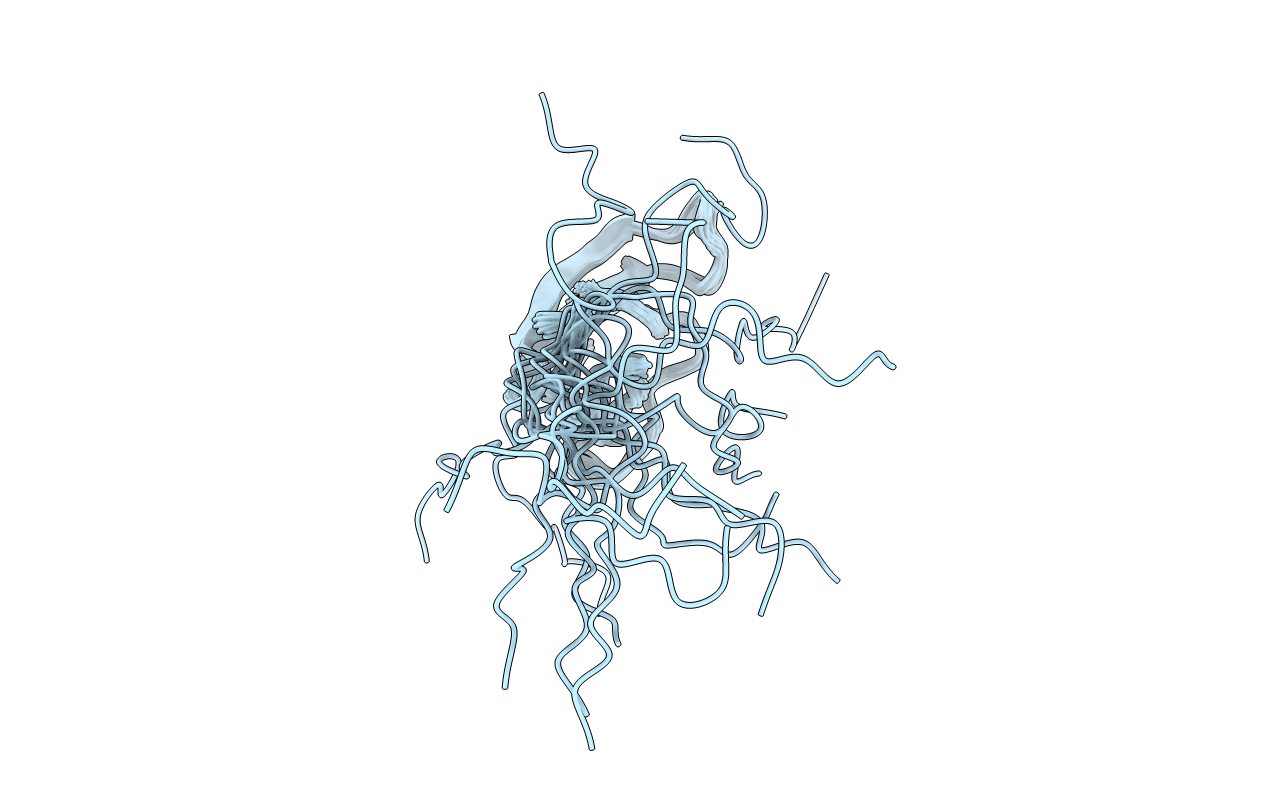
Deposition Date
2015-01-30
Release Date
2015-10-14
Last Version Date
2024-11-06
Entry Detail
Biological Source:
Source Organism:
Magnaporthe oryzae (Taxon ID: 318829)
Host Organism:
Method Details:
Experimental Method:
Conformers Calculated:
20
Conformers Submitted:
20
Selection Criteria:
structures with the lowest energy


